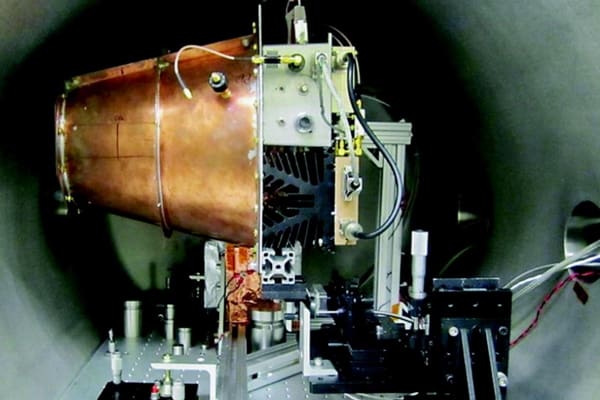
The impossible drive, also known as the EM Drive, was originally conceptualized in the early 2000s. It is a hypothetical form of space travel that wouldn’t require any fuel and works, hypothetically, by bouncing microwaves around in a conical metal chamber. Conventionally, matter must be pushed in order to go anywhere — that’s how physics, as defined by Isaac Newton’s third law of motion, works. However, if this drive functioned successfully, it would break our fundamental understanding of Newtonian physics.
For a brief moment, it seemed that researchers had measured the drive working. In 2016, a team of NASA scientists detected a tiny amount of thrust while testing the drive in a vacuum, although they were hesitant to attribute the discovery to anything except experimental error. As it turns out, they may have been right. Recently a research team in Germany conducted an experiment on the drive using resources such as an extreme vacuum and specialized shielding. However, physics won. The tiny amount of thrust detected by NASA was most likely due to an interaction of the metal drive with the earth’s magnetic field. Even though other teams around the world will continue to verify this work with experiments of their own, it seems that this may be the end of the EM Drive dream.























